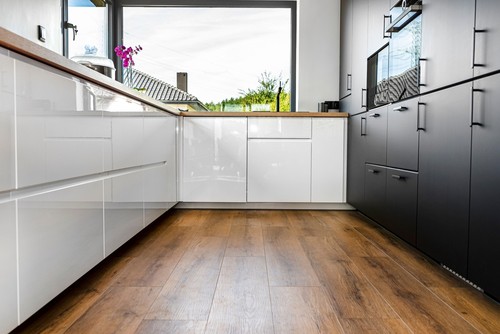
Do’s and Don’ts of Cleaning and Maintaining Your Vinyl Floor. How often should you clean and maintain the vinyl floor? What’s the best way to remove spills from your vinyl floor? When does it make sense to wax or polish your vinyl floor?
These are all important questions, and if you want your vinyl floor to last, you must get these answers right. Read on!
Table of Contents
The don’ts and do’s to clean and maintain the vinyl floor
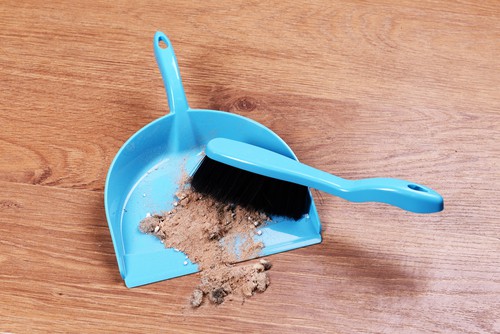
Sweeping
You should always sweep the floor before you start to vacuum. This removes the majority of the dirt, hair, food, and other materials that can clog your vacuum cleaner. Plus, it gets up any ground-in dirt that may have collected on the surface.
If you have a lot of pet hair, or if there are items with delicate surfaces near the floor (like chairs), it’s best to use a broom or small handheld vacuum first.
Next, wipe down the vinyl with a damp cloth to remove any dust or particles that could scratch it. It’s also important to make sure you dry off any liquid spills as soon as possible.
Vacuuming
Vacuuming is one of the most important steps in vinyl floor care. The right vacuum will help remove dirt, debris, and particles that can create a scratchy surface or cause discoloration if not removed. A vacuum with soft bristles or a special type of brush can work best on vinyl floors.
Manual vacuums are an option but they are slower than robot vacuums. They are also more difficult to maneuver and use around furniture than robot vacuums which have built-in sensors to avoid obstacles such as walls, doors, and furniture.
Avoid using attachments on your vacuum since they can damage your floor. Try using a microfiber cloth instead of paper towels when cleaning as it won’t leave behind lint or fiber residue which can attract more dirt to your vinyl floor over time.
Mopping
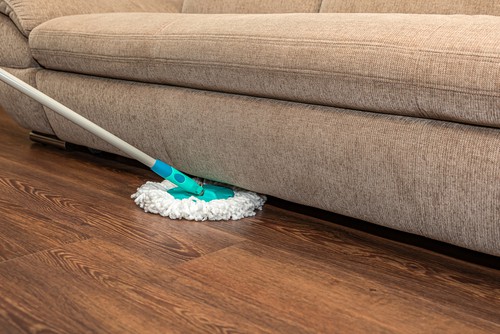
Mopping your vinyl floor is best done with a clean, damp mop. Ensure the mop is not too wet. Soak it in water, wring it out well, then go over the vinyl floor in small sections. The goal here is to remove the dirt that has built up on the surface of the vinyl while not risking any damage to the top layer.
There are also cleaning solutions you can buy which will do more intensive cleaning if necessary. They typically come in concentrated form so be sure to follow the directions closely and use them sparingly.
If you have dirty spots, use a scrub brush or sponge but avoid using hard-bristled brushes as they can scratch your flooring.
Cleaning with vinegar
You may also use vinegar, which is less expensive than store-bought products. First mix one part vinegar with two parts water in a spray bottle, then apply to the floor with a microfiber cloth or mop. Let sit for five minutes, then rinse with warm water.
Some people like to pour some white distilled vinegar directly on their floor. The downside of this method is that it can cause your floor to become slippery when wet. If you choose this method, be sure to rinse off your floor when you’re done cleaning so that no residue remains.
Another solution for those who don’t want an odor lingering in their home is scented vinegar made specifically for cleaning vinyl floors.
Applying polish
Applying polish to your vinyl floor will not only protect it from the wear and tear that comes with everyday life but also create a beautiful finish.
There are many different types on the market, so choose one based on your preferences. You can purchase ones made for wood or stone floors as well as specific ones for vinyl floors.
If you want an extra boost of shine, add some mineral oil to your choice of polish.
Apply the first coat of polish by going back and forth in rows until all areas have been covered. Allow the polish to dry before applying another coat.
After this second coat dries, buff out any scuffs or marks with a soft cloth. In between polishing sessions, use paper towels soaked in vinegar and water to clean up stains without damaging the surface.
Protecting from pets
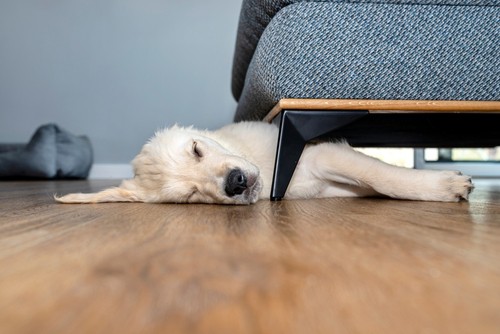
Pet hair can be a sticky issue. Keep pets off the floor to limit the amount of hair they leave behind, or invest in a pet hair removal tool like the Furminator to remove the top layer of hair on occasion.
Wash your hands after touching your pets so you don’t transfer any excess hair onto the floor when you touch them. If you want to go the extra mile, use a dog brush on furniture and rugs where dogs spend most of their time.
Avoid vacuuming vinyl floors too often; this will only push any embedded dirt into the surface where it is more difficult to clean.
Quick fixes for damaged floors
If you have a vinyl floor that has become damaged, one quick fix would be to use a cleaner designed for your type of floor.
However, if you want to make sure your floors stay protected long-term, you’ll need to invest in more permanent fixes. Since damage is usually caused by moisture, using a good sealant or coating can protect your floors from damage in any room prone to moisture.
Conclusion
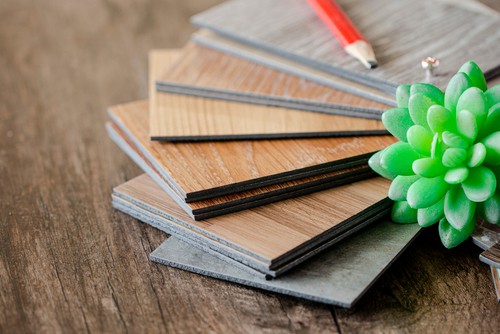
Properly caring for your vinyl floor is essential to protect your investment. Between spills, heavy foot traffic, pets, children, and just day-to-day life in general, keeping the area clean is a regular part of household maintenance.
No matter what type of cleaning product you use, be sure to always test it on an inconspicuous spot first before applying its full strength to the entire floor.
Once you find what works best for you, take care not to overuse any product or method that might cause damage like scrubbing too hard or using chemicals that are not suited for vinyl floors.
We hope you enjoyed and learned something from this article – Do’s and Don’ts of Cleaning and Maintaining Your Vinyl Floor. Good luck!
